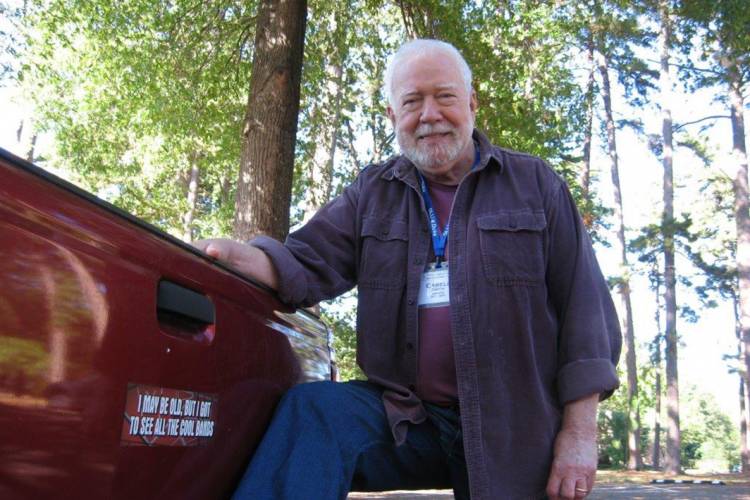
In reviewing Bob Dylan’s five-decade career from folk music icon in the early 1960s to winning the Nobel Prize for Literature in 2016, Cabell Smith ranks the musician with Picasso and Sinatra as among those modern artists whose evolving and innovative work continued to shape the world late in their careers.
“For more than a half-century, Bob Dylan has been arguably the most influential artistic figure of our time,” said Smith, who is currently teaching a course on “The Many Sides of Bob Dylan” in the OLLI at Duke program.
Below Smith discusses the course and Dylan’s place in American cultural history.
OLLI at Duke is part of a national network of more than 120 campus-based chapters. Volunteer instructors share their expertise and passions in informal but topical courses spanning diverse topics such as art, finance, film, health, politics, music, dance, history, technology, writing and more.
 Q: When did you first get the idea to teach this class?
Q: When did you first get the idea to teach this class?
Smith: I taught my first OLLI class several years ago and enjoyed it so much I wanted to do another. I discussed a Dylan course with Sara Craven of the Curriculum Committee, and she was very encouraging. Then, with Dylan’s 2016 Nobel Prize for Literature, our timing turned out to be perfect.
Q: What's the most surprising thing you learned while researching it?
Smith: The biggest surprise for me was the sheer volume of Dylan research. I think the most surprising thing about Dylan’s career for our students has been the consistent quality of his work over many decades. That’s not to say there haven’t been missteps and even clunkers, but he’s always innovative. I think the only other 20th century artists who rival Dylan in in this are Picasso and Sinatra.
Q: In what way is the class you’re teaching different from the class you set out to teach?
Smith: I knew from the beginning the structure of the course would be chronological. We begin with Dylan’s Midwestern boyhood, then moved into his folk and protest period, then his years as a rock superstar, the period of seclusion in the late Sixties, his re-emergence as a performer and finally his status as an enduring icon as recognized by the 2016 Nobel.
Q: What impressed you about Dylan’s live shows?
Smith: I first saw Dylan perform live in November 1965 at the old Washington Coliseum, back when the shows first were half acoustic and half electric. I’ve seen a number of shows since then. I can’t say I loved them all, but they were never dull.
Q: What video or audio clip has particularly resonated with the class?
Smith: I think the songs that have resonated most with the students were Blowin’ in the Wind,” and “The Times They Are A-Changin’.” These songs come from the time when most of us first discovered Dylan. We also enjoyed the music Dylan made with Johnny Cash, and the hit versions of Dylan songs by other artists like the Byrds; Peter, Paul and Mary; and Jimi Hendrix.
Q: What is your favorite Dylan song?
Smith: It’s hard for me to pick one favorite. In college, it was “A Hard Rain’s A-Gonna Fall.” and “With God on Our Side.” Through the years, I’ve loved “Tangled Up in Blue,” “Red River Shore,” and “Not Dark Yet.” And of course, Dylan’s greatest song ever, “Like a Rolling Stone.”